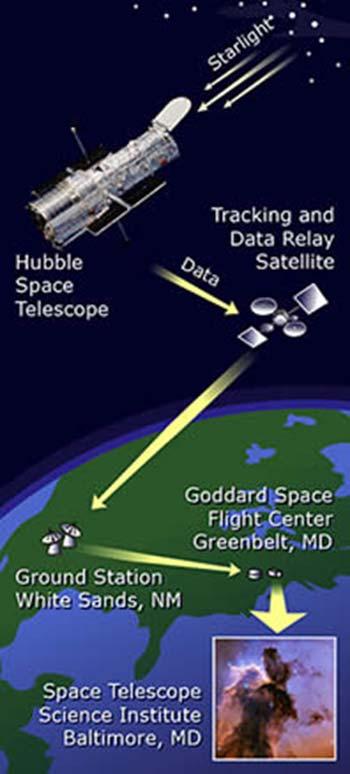
2 minute read
Mysteries of the Universe
By Holly Berman
Recently, NASA astronomers have made a discovery with the Hubble Telescope that they describe as “an unlikely object in an improbable place”: a massive black hole in one of the smallest galaxies known to man. To put in in perspective, the black hole is five times the mass of the one at the center of the Milky Way, our own galaxy. The galaxy that it resides in, known as the M60-UCD1 dwarf galaxy, is only 1/500th of our galaxy’s diameter. Because this dwarf galaxy is so small, it is much denser than our own, allowing one who lived inside this galaxy to be able to see at least one million stars with the naked eye. In the Milky Way, we can only see about four thousand.
Astronomers explain black holes as the extremely dense remnants of former stars, which have extraordinarily powerful gravitational pulls. When a star reaches the end of its life, they often explode into supernovae, spreading the gas of the star out into space, but leaving behind a black hole in its place. Black holes are “infinitely dense”, and even light cannot escape their gravitational power. When matter passes to close to a black hole, it can be pulled in and enter what is known as the “event horizon”. National Geographic describes the event horizon as “the point from which any escape is impossible because it requires moving faster than the speed of light”. Scientists have not been able to directly observe a black hole, but astronomers can
find them by looking for areas of large, dark mass in space.
The finding of such a large black hole inside a small dwarf galaxy implies that there may be many other similar galaxies in the universe. Astronomers also believe that these dwarf galaxies might be remnants of other, larger galaxies. One theory is that dwarf galaxies are formed when two galaxies collide. Anil Seth, an astronomer at the University of Utah, believes that this is the only way such a large black hole could reside in such a small galaxy.
The piece of technology responsible for this huge discovery, the Hubble Telescope, was launched in 1990. Since then, it has been responsible for many of our largest space discoveries. The Hubble orbits the Earth, and its position above the atmosphere allows it to have a much better view of the universe than any ground-based telescope. The Hubble has allowed astronomers to make some amazing discoveries, such as the age of our universe, at about 13 to 14 billion years old. This is more accurate than our old prediction of 10 to 20 billion years old. The Hubble has shown astronomers examples of galaxies of many different ages and life cycles and has aided in the discovery of dark energy.
Many science fiction movies and novels have explored the idea of “wormholes”, or black holes that allow for space and time travel. None of these theories have been even close to proven, but black holes, like many other astronomical phenomena, remain a true mystery to the human race.


Sources:
http://www.nasa.gov/press/2014/september/hubble-helps-find-smallest-known-galaxy-containing-asupermassive-black-hole/#.VBx_8C5dWcr http://science.nationalgeographic.com/science/space/universe/black-holes-article/ http://hubblesite.org/the_telescope/hubble_essentials/










